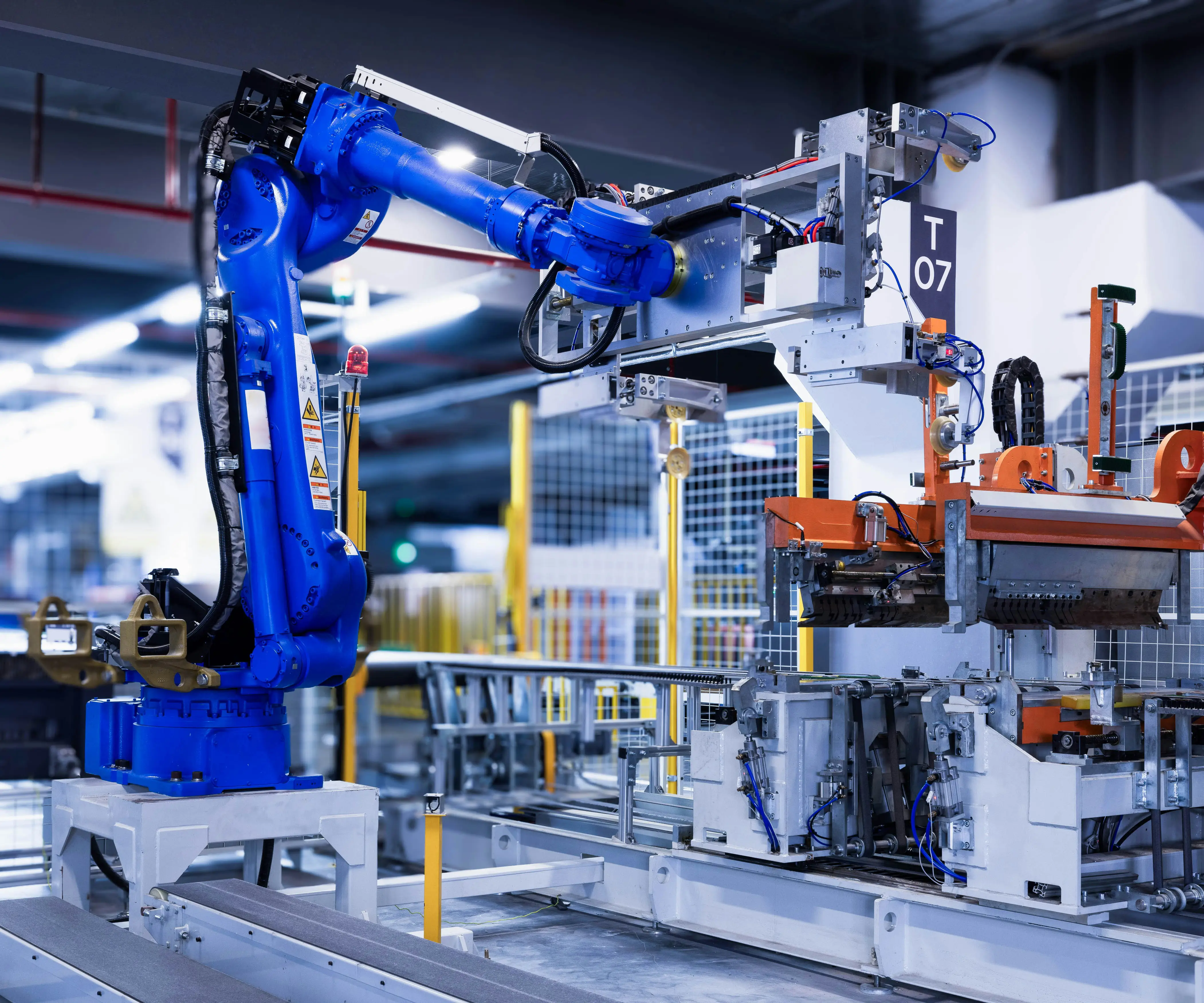In a rapidly evolving technological landscape, where automation and robotics are becoming increasingly integral to daily life and industry, the importance of reliable, precise, and durable motion control components cannot be overstated. Among these, the metal gear servo motor stands out as a quintessential marvel of engineering—marrying robustness with finesse to deliver superior performance in a multitude of applications.

At its core, a servo motor is a rotary actuator that allows for precise control of angular position, velocity, and acceleration. When integrated with control circuitry, it becomes an indispensable component for robotics, CNC machinery, camera systems, drones, and even remote-controlled vehicles. But what elevates a standard servo to a level of exceptional performance? The answer lies in its gear system—specifically, the use of metal gears.
Traditional servo motors often rely on plastic gears, which offer cost advantages but sacrifice durability and load capacity. Metal gear servo motors, on the other hand, employ steel or other metal alloys in their gear trains, drastically increasing their strength, resilience, and lifespan. This design shift opens up a broader spectrum of applications, especially where high torque, heavy loads, or continuous operation are required.
The Composition and Mechanics of Metal Gear Servo Motors
A metal gear servo motor comprises several critical parts working in harmony:
Motor: The core component that generates rotational motion, usually a brushed or brushless DC motor. Gear train: The set of gears that reduce speed and increase torque; in metal gear servos, these gears are made of steel or other durable alloys. Potentiometer or encoders: Devices that provide feedback on the motor's position, enabling precise control. Control circuitry: The electronic brain that interprets signals and adjusts motor output accordingly.
The key to their superior performance resides in the gear train. Unlike plastic gears, which can wear out or strip under stress, metal gears withstand higher torque levels and resist damage caused by sudden impacts or prolonged strain. This makes them ideal for demanding environments—from heavy-duty robotics to industrial automation.
Advantages of Metal Gear Servo Motors
The shift to metal gears confers numerous benefits, which is why these servo motors are favored by engineers and hobbyists alike for high-performance projects:
Enhanced Durability: Metal gears are resistant to wear, deformation, and stripping. They maintain their integrity over large number of cycles, leading to longer service life.
Higher Torque Output: Metal gears enable the servo to deliver greater torque, making it capable of moving heavier loads or overcoming resistance with ease.
Improved Load Handling: Whether in industrial machinery or robotic arms, metal gear servos excel at maintaining position and stability under stress.
Reduced Gear Slippage and Noise: Metal gear trains operate more smoothly under load, producing less slippage and often generating quieter operation compared to plastic gears.
Increased Resistance to Environmental Factors: Metal gears resist damage from dust, moisture, and temperature fluctuations better than plastic counterparts.
Better Heat Dissipation: Metal gears can handle heat generated during operation more effectively, aiding in maintaining consistent performance during extended use.
Common Applications of Metal Gear Servo Motors
Thanks to these advantages, metal gear servo motors find applications across numerous sectors:
Robotics: From humanoid robots to industrial robotic arms, where precision and reliability are non-negotiable.
Aerospace and Defense: Controlling the movement of aircraft components, weapon systems, or surveillance drones.
Remote-Control Vehicles: RC cars, boats, planes benefit from the high torque and durability of metal gear servos, enabling sharper turns and more aggressive maneuvers.
Industrial Automation: Automated conveyor systems, CNC machines, and manufacturing robotics depend on these servos for accurate and robust motion control.
Medical Equipment: Devices requiring precise positioning and high load capacity, such as surgical robots and imaging systems.
Prosthetics and Animatronics: Delivering realistic and reliable movement with real-world strength.
Choosing the Right Metal Gear Servo Motor
When selecting a metal gear servo motor, several considerations come into play:
Torque and Speed Requirements: Determine the load and movement speed necessary for your project. Size and Weight: Ensure the servo's dimensions fit within your design constraints. Voltage and Power: Check compatibility with your power supply. Cost and Quality: While metal gear servos tend to be more expensive than plastic ones, investing in quality units can save money and hassle in the long run. Precision and Feedback: For applications demanding high accuracy, consider servos with high-resolution encoders.
Established in 2005, Kpower has been dedicated to a professional compact motion unit manufacturer, headquartered in Dongguan, Guangdong Province, China.




































